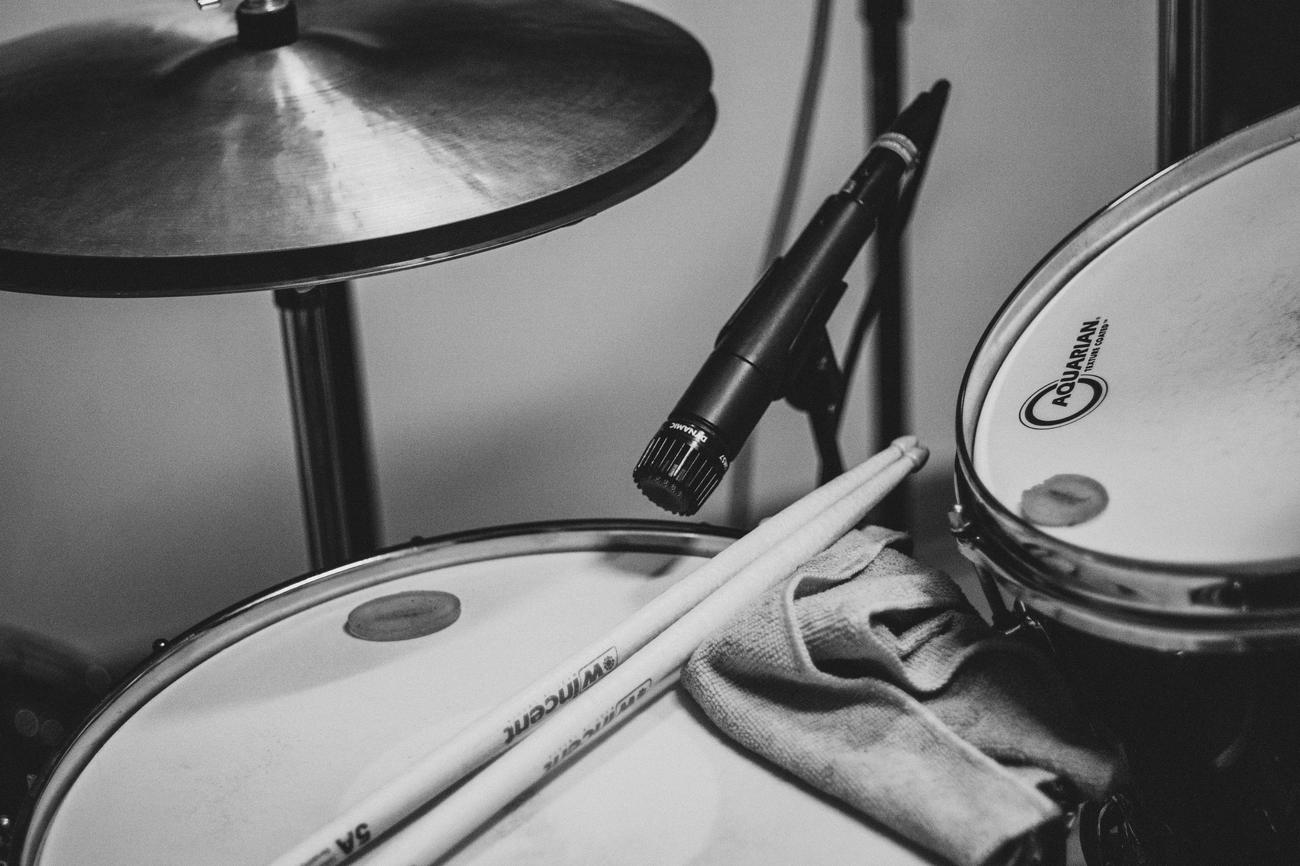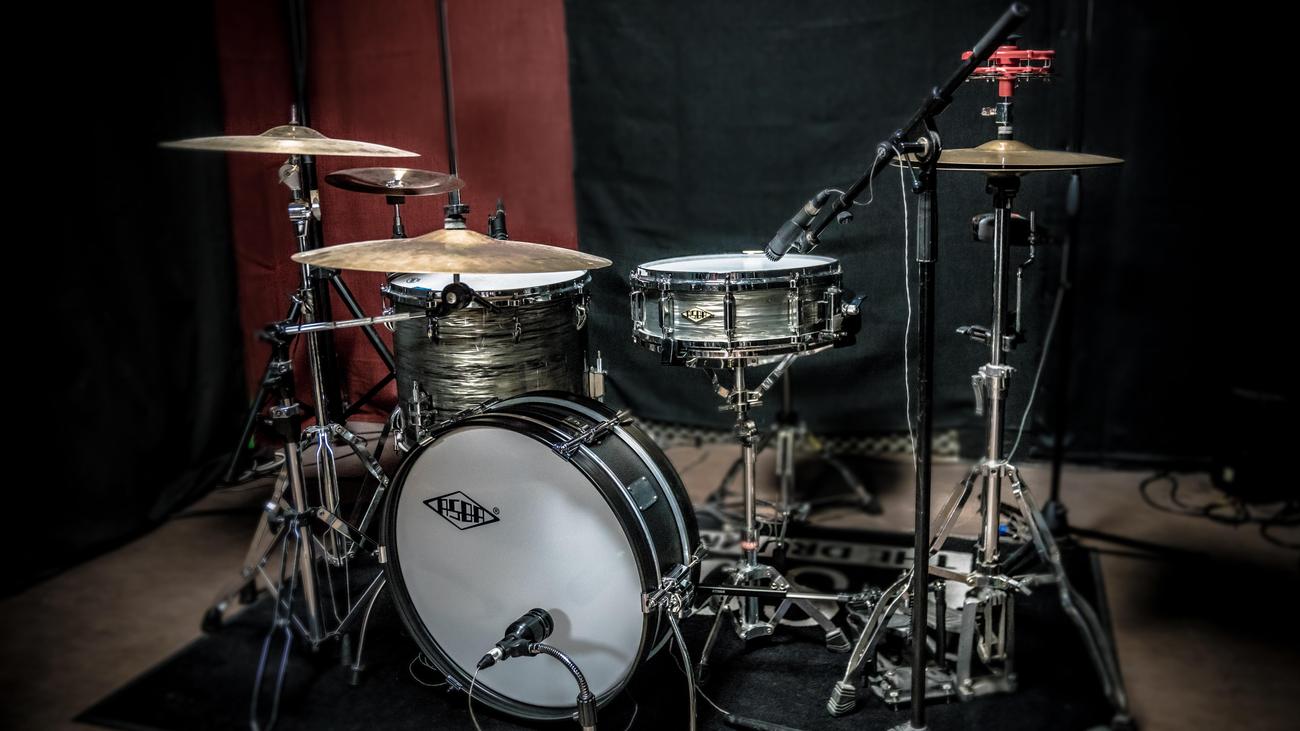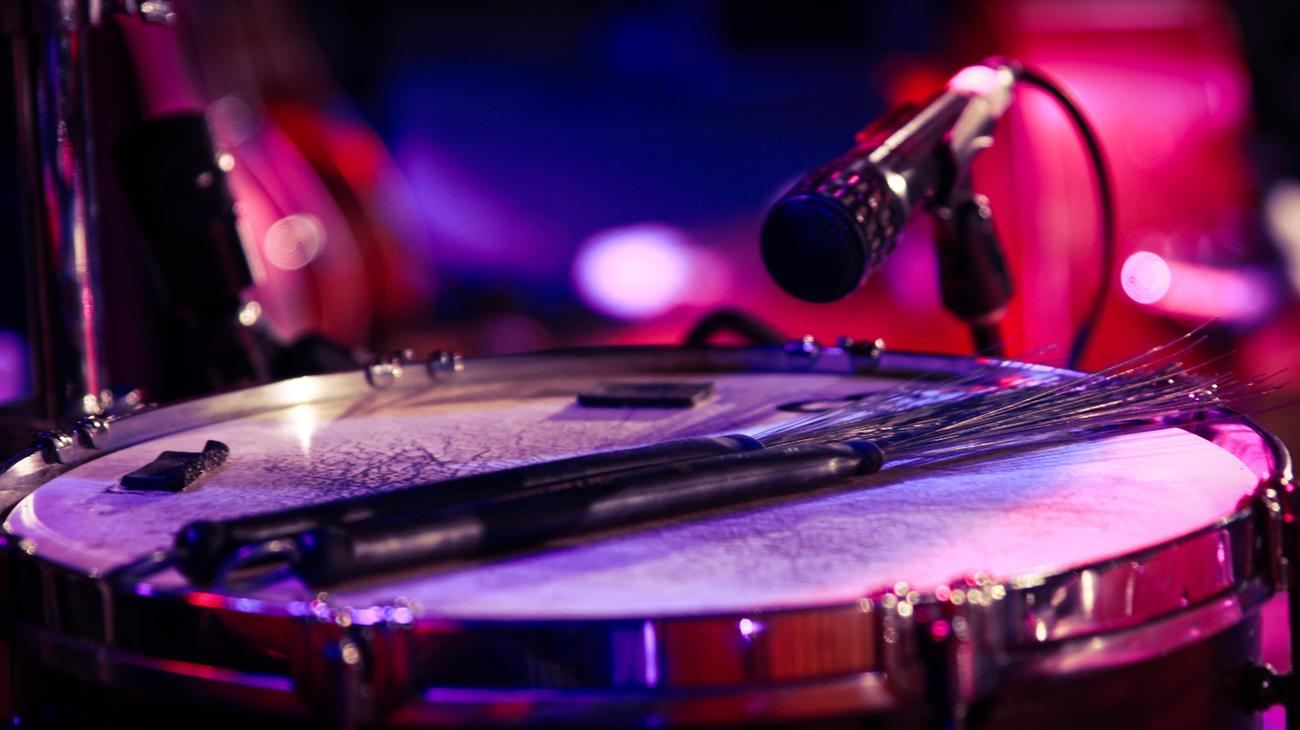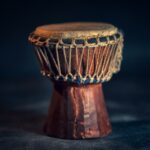Are you ready to embark on a rhythmic adventure? In this article, titled “Fun Facts About Drums for Kids: Learn the Beats and More!”, we will dive into the fascinating world of drums and discover some incredible facts that will leave you in awe. Whether you’re a complete beginner or a seasoned music enthusiast, this article will take you on a journey to explore the history, anatomy, and various playing techniques of drums. Get ready to groove to the beats and learn fascinating tidbits about this dynamic instrument that has captured the hearts of musicians for centuries. So, grab your drumsticks and let’s dive into the exciting realm of drums!

What are some facts about drums for kids?
Let’s dive into the fascinating world of drums and explore some fun facts that will get kids excited about this rhythmic instrument!
Drums: The Beat-Makers
Drums are extraordinary musical instruments that have been around for thousands of years. They consist of a shell with a stretched skin or covering. When you hit the covering with your hand or a stick, it vibrates and produces a sound. This makes drums a part of the percussion family.
Did you know? The shell of a drum usually has a circular opening called a drumhead, and the covering is stretched over it.
The Oldest Drum Discovery
Drums have an intriguing history. The oldest drum ever discovered is called the Alligator Drum, and it dates back to 5500 BC! Imagine that—people were playing drums thousands of years ago. This incredible instrument has stood the test of time and continues to captivate both kids and adults.
Let’s Get Physical
Playing the drums is not just fun, it’s also good for your physical health. When you play the drums, you use your hands, arms, and feet, which helps improve coordination, strength, and agility. It’s like a workout for your limbs! So, the next time you’re grooving to the beat, remember that you’re not only making music but also benefiting your body.
The World’s Largest Drum Set
Can you imagine a drum set with a whopping 813 pieces? That’s the world’s largest drum set! It’s gigantic and looks like a drummer’s dream come true. This incredible collection of drums includes various types and sizes, making it a truly impressive sight. Just imagine the amazing beats you could create with a drum set that enormous!
Different Types of Drums
A drum set typically consists of three different drum types: the snare drum, the bass drum, and the tom-tom drums. Each of them has a unique sound and role in creating music. The snare drum produces a sharp and cracking sound, the bass drum creates a deep and powerful boom, and the tom-tom drums add a melodic touch with their rich tones. Together, these drums work in harmony to create rhythm and groove.
Remember: Drums are not just one instrument but a combination of several drums that work together to create different sounds.
In conclusion, drums are incredible instruments with a rich history and a world of possibilities. Whether you’re banging on a drum kit or tapping on a small hand drum, the beats you create have the power to move and inspire. So, dive into the world of drums and let your rhythm shine!
Drums have an incredible history and a ton of fascinating facts behind them. Did you know that the world’s largest drum set consisted of a whopping 813 pieces? It’s mind-boggling to think about how many different sounds can be created with so many drums! If you’re interested in learning more fun facts about drums, click here: fun facts about drums. You’ll be amazed by the unique and captivating stories that surround this percussion instrument. So, what are you waiting for? Embark on a journey of discovery and dive into the world of drums!
Learn All About Drums: A Beginner’s Guide
[youtube v=”BiSTHHG1DqY”]
Introduction
Drums are a fascinating and ancient musical instrument that holds a special place in cultures all around the world. They have been used in various celebrations, festivals, and events, making them an integral part of our musical heritage. In this article, we’ll explore the different types of drums and percussion instruments, with a focus on drum sets. Whether you’re a beginner or simply curious about drums, this guide will provide you with a solid foundation to start your musical journey.
The Versatility of Drums
Drums come in various shapes, sizes, and playing techniques. Some drums are played with hands, while others require sticks. Additionally, there are percussion instruments like shakers and tambourines that are also considered part of the drum family. These instruments serve different purposes in creating rhythmic patterns and adding texture to music. “Drums are a very old instrument… part of the culture in a lot of places… used for things like weddings, celebrations, birthdays, and parties,” the narrator explains.
Exploring Drum Sets
Drum sets, or drum kits, are a combination of different drums and cymbals assembled in a unique configuration. They typically include the bass drum, snare drum, tom-toms, hi-hat symbols, ride symbols, and crash symbols. Each component of the drum set contributes to the overall sound and allows drummers to create diverse rhythms. It’s worth noting that drum sets can be customized according to personal preferences, with options to add or remove drums depending on the drummer’s style and needs. “A set is something that has a lot of different pieces… a drum set doesn’t always have the same amount of drums… you can build your own drum set to be really, really big or really small,” the narrator points out.
The Components of a Drum Set
Bass Drum: The bass drum is the largest drum in the set and produces a deep and low sound. It is played using a foot pedal attached to a beater, which strikes the drumhead. “The bass drum is one that we play with our foot… when we push the pedal with our foot, the thing that sticks up called a beater hits the drum and the part of the drum that it hits is called the drum head,” explains the narrator.
Snare Drum: Positioned in front of the drummer, the snare drum is a versatile instrument that produces a sharp and distinctive sound. It is often associated with marching bands and is a crucial component of drum beats in many songs. “The snare drum is one that you might have heard if you’ve heard a marching band that does parades… we hear snare drums a lot and they’re a big part of drum beats in songs,” says the narrator.
Tom-Toms: Tom-toms are drums that come in different sizes and produce varying pitch levels. They are placed higher on the drum set and add depth to the overall sound. “There can be small tom-toms that play higher sounds or big tom-toms that play lower sounds… the smaller the tom-tom, the higher sound it plays,” states the narrator.
Hi-Hat and Cymbals: Hi-hat symbols are operated by a foot pedal and consist of two cymbals that open and close to create different sounds. The lower cymbal is inverted, and when the pedal is pressed, the two cymbals clash, producing a distinct “chick” sound. Additionally, drum sets often include crash symbols, which create a crashing sound, and a ride symbol that is frequently used in drum beats. “Symbols, they make a pretty loud sound… hi-hats… are on a stand that you push a pedal and it puts those two symbols together… symbols that are bigger than the hi-hats… those are called crash symbols because they make a crashing sound when you hit them,” explains the narrator.
The Art of Drum Beats
When playing the drums, drummers often focus on creating rhythmic patterns called drum beats. These beats form the backbone of many songs across different genres. From simple beats with a few pattern elements to more complex arrangements, drum beats allow drummers to express their creativity and add an energetic groove to the music. “Playing the drums usually means you play drum beats… patterns that drummers play that you usually hear in songs… drum beats can be a little simpler with only a few parts of the pattern,” emphasizes the narrator.
Conclusion
Drums have a rich history and continue to captivate both children and adults alike. Playing the drums not only brings joy and entertainment but also offers numerous physical benefits, such as improved coordination, strength, and agility. Whether you dream of becoming a professional drummer or simply want to have fun with music, learning the drums is an exciting and rewarding journey. So grab a pair of drumsticks and let the rhythm guide you as you explore this ancient and fascinating instrument. “Drums are a combination of several drums that work together to create different sounds… playing the drums can be both fun and beneficial for physical health… drums have a rich history and continue to captivate both kids and adults,” concludes the narrator.
Please note that the content in this article is based on expert knowledge and research, and it aims to provide educational information about drums. For practical lessons and further guidance, consider enrolling in a music workshop or seeking advice from a professional drum teacher.

FAQ
Q: What are drums?
A: Drums are a type of musical instrument that consists of a shell with a stretched skin or covering. When the covering is hit with a hand or a stick, it vibrates and makes a sound.
Q: How are drums played?
A: Drums are usually played by striking with the hand or with one or two sticks.
Q: What is the history of drums?
A: The Alligator Drum is the oldest ever discovered, dating back to 5500 BC. It showcases the ancient origins of drums as a musical instrument.
Q: What are the health benefits of playing drums?
A: Playing drums can improve physical health. It requires coordination, stamina, and movement, which can contribute to overall fitness and well-being.
Q: What is the largest drum set in the world?
A: The world’s largest drum set has a staggering 813 pieces, showcasing the incredible variety and size of drum kits.
- Mastering Leader in Spanish: The Complete Guide - April 19, 2025
- Uncovering Surprising Parallels: England Size Compared to US States - April 19, 2025
- Old Mexico Map: Border Shifts 1821-1857 - April 19, 2025
















